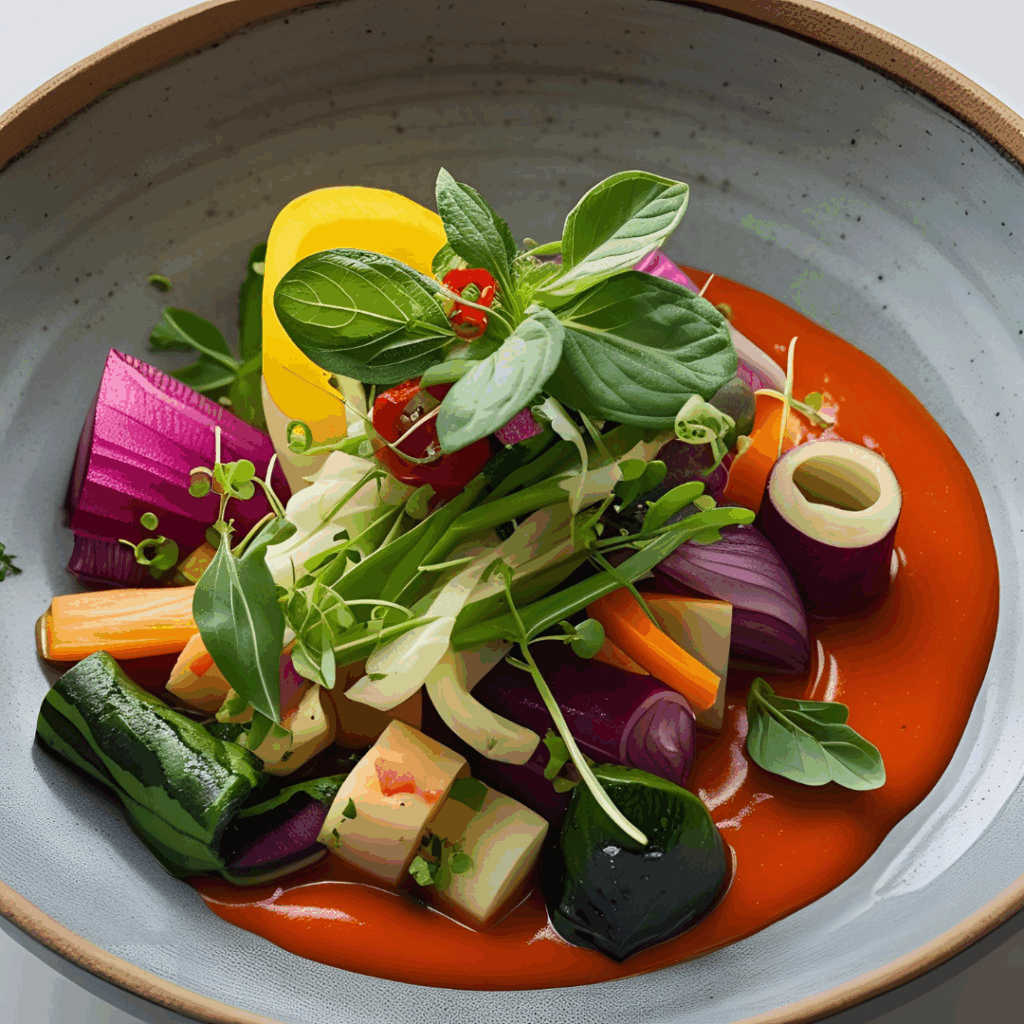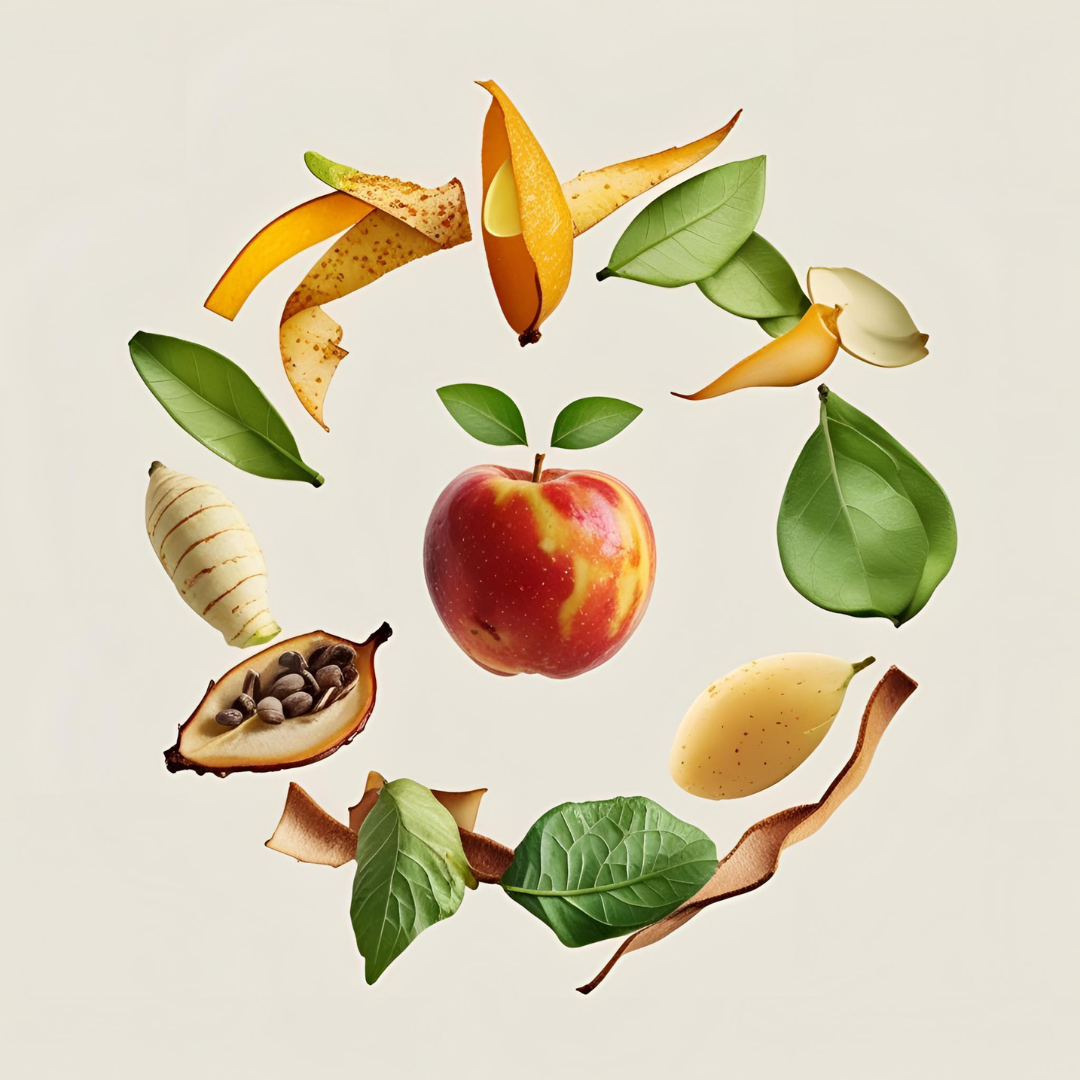The global food industry is undergoing a profound transformation driven by growing demands for sustainability, innovation, and resource efficiency. Amid this shift, upcycled foods have emerged as one of the fastest-growing trends, projected to reach a market value of USD 74.8 billion by 2029. This surge not only signals a robust market but also creates vast opportunities for foodtech companies—businesses that merge technology and food to develop innovative, sustainable solutions.
This article offers a comprehensive exploration of the upcycled food market: why it’s growing so fast, the leading startups innovating in this space, cutting-edge technologies making it possible, and inspiring success stories demonstrating the fusion of nutrition, flavor, and positive environmental impact.
1. What Are Upcycled Foods and Why Do They Matter?
Upcycled foods are products created from ingredients that would otherwise be wasted or underused. These can include fruit and vegetable peels, seeds, pulps left over from juice, beer, or oil production, and “imperfect” produce that doesn’t meet retail aesthetic standards. In essence, upcycling transforms food waste into valuable ingredients, closing the loop on food production.
Why is this trend important?
- Reducing food waste: Approximately one-third of all food produced globally is lost or wasted. Upcycled foods address this by maximizing the use of raw materials.
- Environmental benefits: By diverting waste from landfills, upcycled foods help reduce methane emissions, decrease water and land use, and lower overall environmental footprints.
- Nutritional enhancement: Many discarded parts are rich in fiber, antioxidants, and essential nutrients, which upcycling recovers and reintegrates.
- Economic opportunity: The practice creates new markets, jobs, and encourages product differentiation focused on sustainability.
2. Drivers Behind the Explosive Growth of Upcycled Foods
Several converging factors fuel the rapid expansion of the upcycled food market:
- Heightened consumer awareness: Especially among Millennials and Gen Z, consumers demand transparency and sustainability. Many are willing to pay a premium for products aligned with their values.
- Regulatory pressures and incentives: Governments worldwide promote circular economy initiatives and food waste reduction through legislation and subsidies.
- Technological advancements: Innovations in processing, extraction, and fermentation unlock new ingredient possibilities.
- Retail demand for innovation: Supermarkets and restaurants seek unique, sustainable products with compelling narratives.
- Supply chain challenges: Climate change, resource scarcity, and volatile raw material costs push companies toward alternative inputs.



3. Spotlight on Innovative Startups Leading the Way
The foodtech sector is booming with companies transforming food waste into high-value products:
- Renewed Foods (USA): Produces high-fiber, antioxidant-rich flour from coffee pulp, used in bakery goods and beverages.
- ReGrained (USA): Converts spent grain from beer brewing into nutritious flours and snack bars.
- Wize Monkey (Canada): Crafts teas from coffee leaves, an antioxidant-packed waste product.
- Other verticals: Upcycled proteins from soy and peas, dairy byproduct yogurts, fruit peel snacks, and functional ingredients from citrus or grape pomace.
4. Technologies Powering the Upcycled Food Revolution
Technological innovation underpins upcycled food viability and safety:
- Minimal processing: Techniques like vacuum drying and lyophilization preserve nutrients.
- Bioactive extraction: Advanced methods isolate antioxidants and fibers.
- Fermentation: Microbial processes create novel proteins and flavors.
- Artificial intelligence: Optimizes sourcing, production, and demand forecasting.
- Sustainable packaging: Biodegradable or recycled materials reinforce eco messaging.
- Traceability systems: Ensure quality control and consumer transparency.
5. Successful Case Studies Demonstrating Impact
Major players are validating upcycled food’s potential:
- Regenerative Organic Alliance: Promotes zero-waste agriculture approaches.
- Do Bem (Brazil): Utilizes “ugly” fruits in juice production.
- Revo Foods (Austria): Develops plant-based seafood alternatives from fungal biomass.
- The Ugly Company (USA): Produces fruit snacks from cosmetically imperfect produce.
6. Economic and Environmental Benefits of Upcycled Foods
- Environmental savings: Upcycled foods significantly reduce greenhouse gas emissions, land use, and water consumption.
- Job creation: New sectors emerge around collection, processing, and innovation.
- Cost stabilization: Reducing dependence on virgin raw materials mitigates price volatility.
- Enhanced brand value: Sustainability credentials improve ESG scores and consumer loyalty.
7. Overcoming Challenges in the Upcycled Food Market
- Consistency: Maintaining ingredient quality and safety is complex.
- Consumer perceptions: Overcoming stigma around “waste-based” foods requires education.
- Logistics: Efficiently collecting and transporting raw materials at scale.
- Costs: Advanced processes can be expensive, impacting pricing.
8. The Future Landscape: Opportunities Ahead
- New protein sources, functional ingredients, and plant-based innovations.
- Industry collaboration between food giants and startups.
- Increasing consumer education and marketing focused on sustainability.
- Global expansion adapting to regional food systems and waste profiles.
9. Regulatory Frameworks and Policy Support for Upcycled Foods
Governments and international bodies increasingly recognize the importance of food waste reduction through policies encouraging upcycling:
- Extended Producer Responsibility (EPR): Makes producers responsible for product lifecycle impacts.
- Circular economy action plans: Mandate recycling quotas and eco-design principles.
- Food safety regulations: Adapted to facilitate innovation while protecting consumers.
- Incentives and subsidies: Grants and tax benefits for sustainable food startups.
- Proactive compliance with evolving regulations positions foodtechs for competitive advantage.
10. Consumer Engagement and Market Education Strategies
The success of upcycled foods depends on clear, transparent communication:
- Storytelling around ingredient origin and environmental benefits.
- Certifications and labels verifying sustainability claims.
- Educational campaigns to shift perceptions about “waste” foods.
- Collaborations with influencers and retailers to amplify messages.
Upcycled foods are poised to revolutionize the food industry by turning waste into wealth while promoting sustainability and nutrition. The projected $74.8 billion market by 2029 reflects the power of combining technology, innovation, and consumer values. For foodtechs, this is a prime opportunity to lead transformation toward a more circular and conscious food system.







